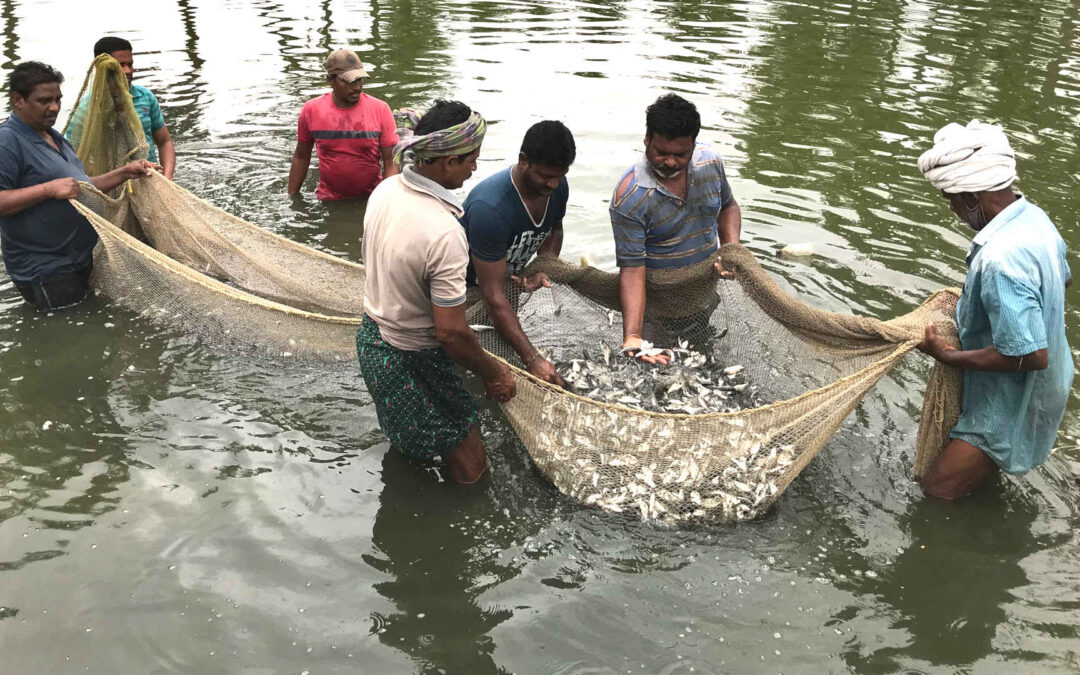AUTHOR
Krishna Kumar K. A.
Trainer
India has a long history of shrimp farming dating back several centuries. Traditionally the Pokali farms on the Kerala coast and Bherries in West Bengal were engaged in farming shrimp and fish. Scientific shrimp farming was introduced in India during the early 90’s. The Marine Products Export Development Authority (MPEDA) of India set up two hatcheries with Hawaiian collaboration in the states of Andhra Pradesh and Orissa to produce Penaeus monodon seed. Taiwanese and Philippine technology was introduced in India for grow out farming. Initially, formulated shrimp feed, paddle-wheel aerators etc were imported. Subsequently many private sector hatcheries/farms and feed mills were established along the coastal states of India. Vast tracts of barren land close to sea, salt water bodies and canals got converted into brackish water shrimp farms. The increased production of export-worthy shrimp generated the much-needed foreign exchange and contributed to the Indian economy.
Shrimp farming in India that picked up in the early 90’s was adversely affected by the White Spot Virus during the mid-90’s. Many of the major players left the field. Shrimp farming resurged with the introduction of the exotic species Litopenaeus vannamei commonly called the White leg shrimp or the Pacific white shrimp. This exotic species proved well-suited for commercial farming in India. The Government of India established Coastal Aquaculture Authority (CAA) under the Ministry of Agriculture to monitor the farms and hatcheries. Permission of CAA was made mandatory for farming or hatchery operation of L.vannamei. An aquatic quarantine facility was established under Rajiv Gandhi Centre of Aquaculture (RGCA) for facilitating import of the brood stock of L.vannamei . Andhra Pradesh is the major state in India that produces about 68% of farmed shrimp in India.
For More >>

